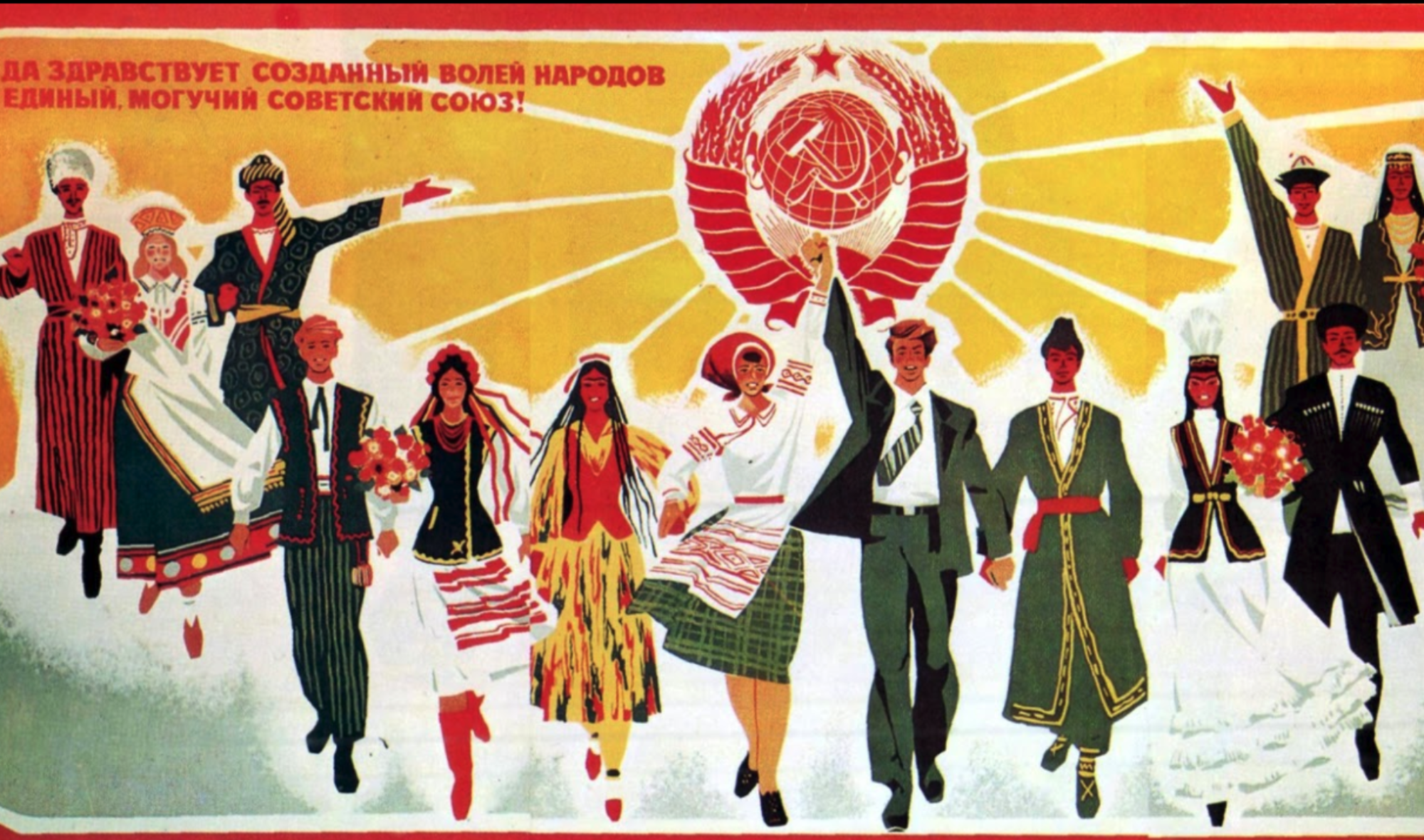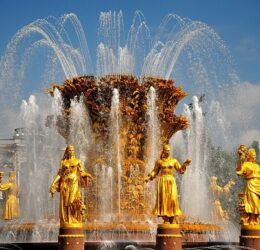“There is a famous scene, in fact, in Circus where the small mixed-race child … is passed around the entire audience of the circus, and everyone sings to the child a lullaby in a different language of he Union” (98).
“The literary fair solved this dilemma, like good Soviets, by organizing the arts according to ethno-national categories: Jewish audiences were assigned to the Jewish theatre with Jewish artists and Jewish plays; Ukrainian audiences to the Ukrainian theatre…”(119).
Reading through the third chapter of Beau Monde on Empire’s Edge: State and Stage in Soviet Ukraine I found this two passages to be in conflict with each other (go figure, right!). I was wondering what the class thinks? Is this another case of financials determining the agenda or are cultural boundaries more pronounced than officials thought? Moreover, what do you think about the cultural exchanges discussed in the very first part of this chapter?


Thank you for bringing this up! I was also struck by the contradicting positions the Soviets had about art and nationality. I think it demonstrates how difficult it was to promote (maybe enforce?) the blend of various ethnic groups and art. I think the Soviets were trying to promote diversity, but also attempting to accommodate audiences from all nationalities. There could definitely be a financial aspect mixed in there as well. After all, theaters and productions were in competition with each other for funding.